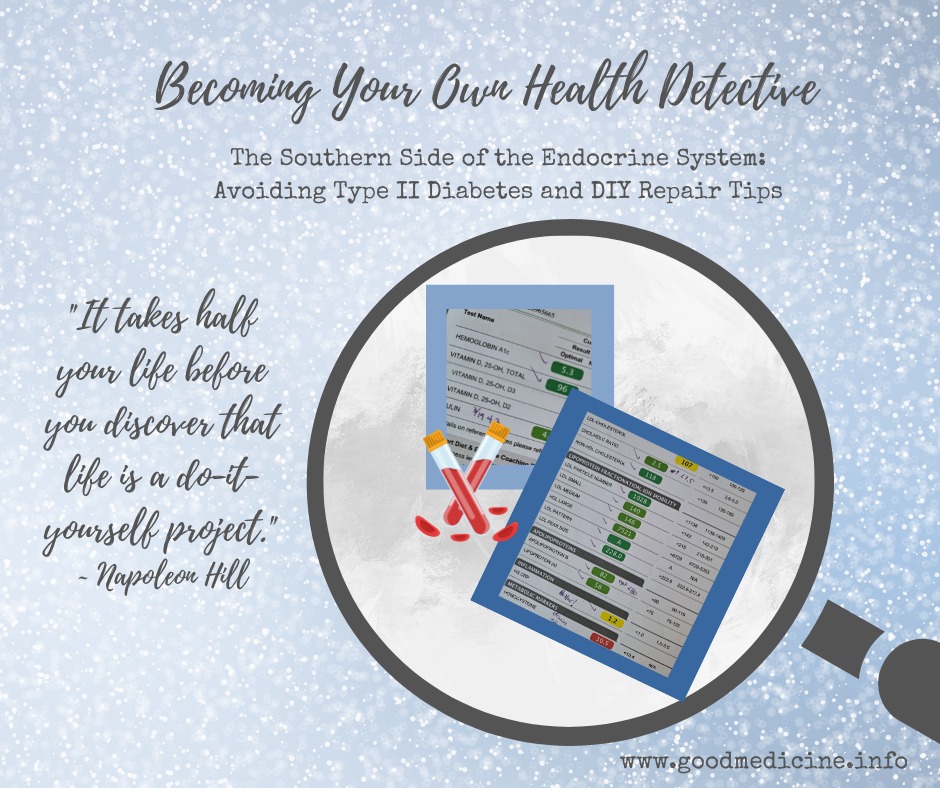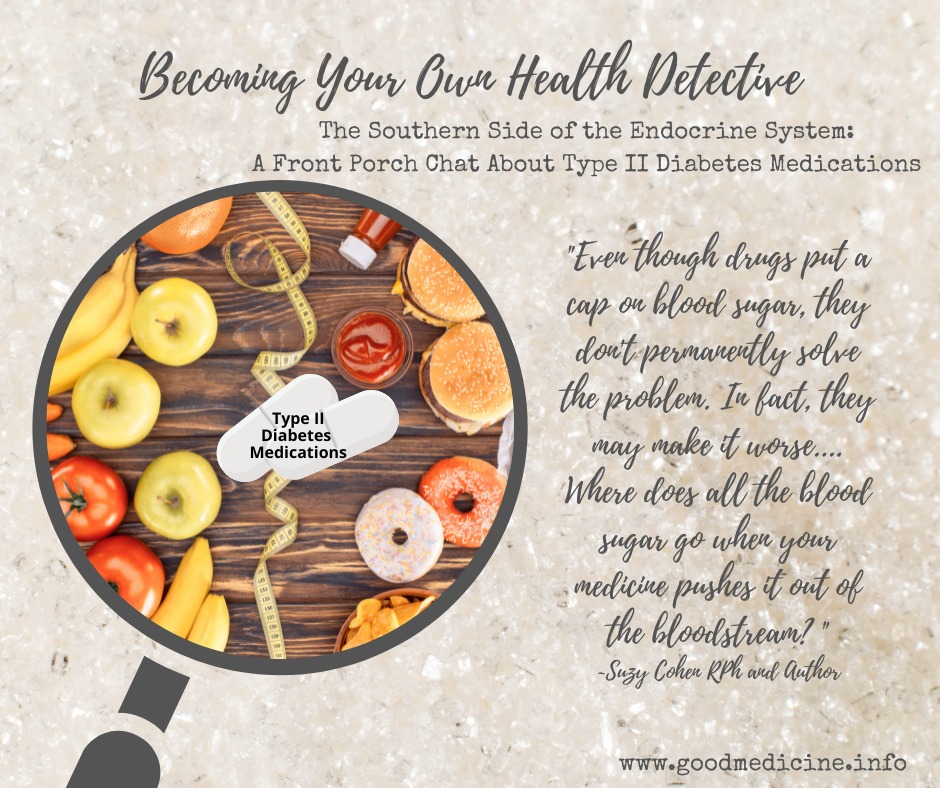I don’t know about ya’ll, but I’m guessing you get this question all of the time too.
“What are you wearing? You smell amazing!”
I have never worn perfume. I never cared for the scent. In fact, other people’s perfume often made me feel a little queasy, especially if it was too strong.
Young Living made the news…. Marie Claire magazine. Kerry Washington has a signature scent too…. Young Living oils. The gal’s got good taste!




